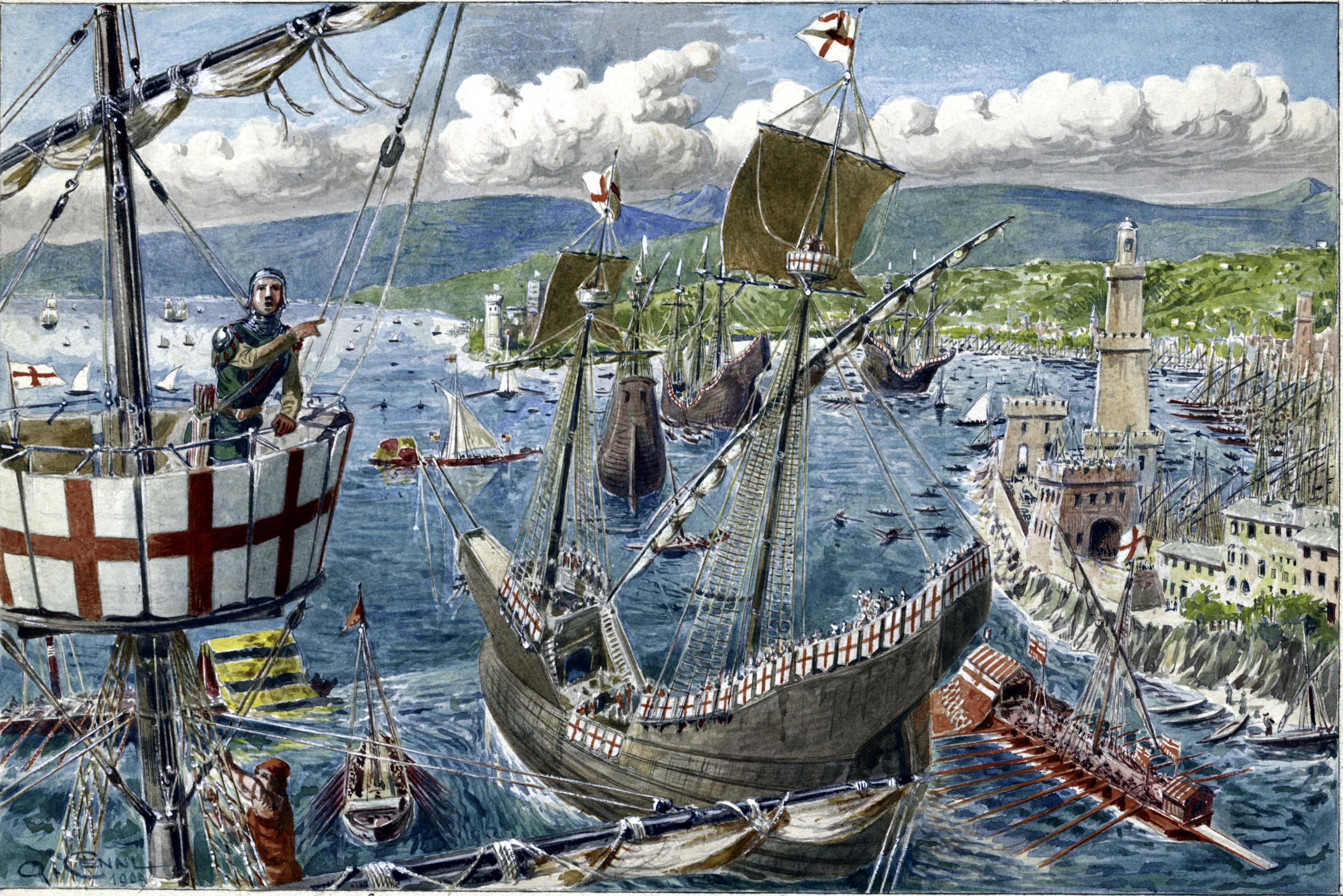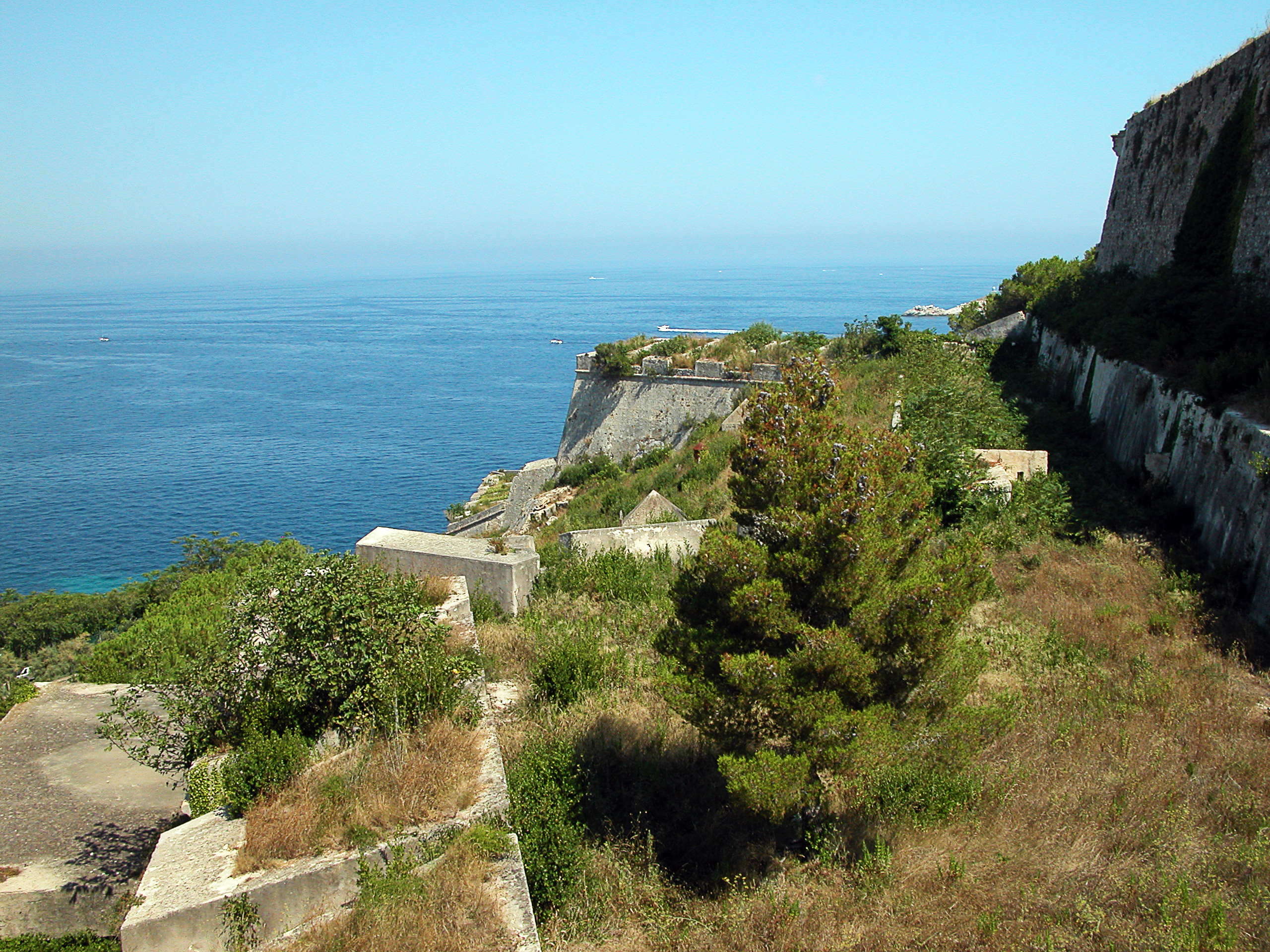|
Torpedoboot Ausland
The ''Torpedoboot Ausland'' ("foreign torpedo boats") were small destroyers or large torpedo boats captured by Nazi Germany and incorporated into the Kriegsmarine. They were assigned a number beginning with TA. Ex-French ships *Former French s, under construction in France. None were completed for the Germans.Conway p271 :* (ex ''Le Fier''): Scuttled while incomplete August 1944 :* (ex ''L'Agile''): Scuttled while incomplete August 1944 :* (ex ''L'Alsacien''): Broken up 1944 :* (ex ''L'Entreprenant''): Broken up 1944 :* (ex ''Le Farouche''): Scuttled while incomplete August 1944 :* (ex ''Le Corse''): Scuttled while incomplete August 1944 *Former French ''La Melpomène''-class torpedo boats taken over in April 1943 :* (ex ''Bombarde'') sunk by air raid 23 August 1944 in the Tyrrhenian Sea :* (ex ''La Pomone'') heavily damaged by off Lindos on 23 September 1943, later scuttled at Rhodes :* (ex ''L'Iphigénie'') sunk by Italian MAS boats at Piombino on 11 September 1943 :* ... [...More Info...] [...Related Items...] OR: [Wikipedia] [Google] [Baidu] |
Destroyer
In naval terminology, a destroyer is a fast, manoeuvrable, long-endurance warship intended to escort larger vessels in a fleet, convoy or battle group and defend them against powerful short range attackers. They were originally developed in 1885 by Fernando Villaamil for the Spanish NavySmith, Charles Edgar: ''A short history of naval and marine engineering.'' Babcock & Wilcox, ltd. at the University Press, 1937, page 263 as a defense against torpedo boats, and by the time of the Russo-Japanese War in 1904, these "torpedo boat destroyers" (TBDs) were "large, swift, and powerfully armed torpedo boats designed to destroy other torpedo boats". Although the term "destroyer" had been used interchangeably with "TBD" and "torpedo boat destroyer" by navies since 1892, the term "torpedo boat destroyer" had been generally shortened to simply "destroyer" by nearly all navies by the First World War. Before World War II, destroyers were light vessels with little endurance for unat ... [...More Info...] [...Related Items...] OR: [Wikipedia] [Google] [Baidu] |
Aegean Sea
The Aegean Sea ; tr, Ege Denizi (Greek: Αιγαίο Πέλαγος: "Egéo Pélagos", Turkish: "Ege Denizi" or "Adalar Denizi") is an elongated embayment of the Mediterranean Sea between Europe and Asia. It is located between the Balkans and Anatolia, and covers an area of some 215,000 square kilometres. In the north, the Aegean is connected to the Marmara Sea and the Black Sea by the straits of the Dardanelles and the Bosphorus. The Aegean Islands are located within the sea and some bound it on its southern periphery, including Crete and Rhodes. The sea reaches a maximum depth of 2,639m to the west of Karpathos. The Thracian Sea and the Sea of Crete are main subdivisions of the Aegean Sea. The Aegean Islands can be divided into several island groups, including the Dodecanese, the Cyclades, the Sporades, the Saronic islands and the North Aegean Islands, as well as Crete and its surrounding islands. The Dodecanese, located to the southeast, includes the islands of R ... [...More Info...] [...Related Items...] OR: [Wikipedia] [Google] [Baidu] |
Genoa
Genoa ( ; it, Genova ; lij, Zêna ). is the capital of the Regions of Italy, Italian region of Liguria and the List of cities in Italy, sixth-largest city in Italy. In 2015, 594,733 people lived within the city's administrative limits. As of the 2011 Italian census, the Province of Genoa, which in 2015 became the Metropolitan City of Genoa, had 855,834 resident persons. Over 1.5 million people live in the wider metropolitan area stretching along the Italian Riviera. On the Gulf of Genoa in the Ligurian Sea, Genoa has historically been one of the most important ports on the Mediterranean Sea, Mediterranean: it is currently the busiest in Italy and in the Mediterranean Sea and twelfth-busiest in the European Union. Genoa was the capital of Republic of Genoa, one of the most powerful maritime republics for over seven centuries, from the 11th century to 1797. Particularly from the 12th century to the 15th century, the city played a leading role in the commercial trade in Euro ... [...More Info...] [...Related Items...] OR: [Wikipedia] [Google] [Baidu] |
Portoferraio
Portoferraio () is a town and ''comune'' in the province of Livorno, on the edge of the eponymous harbour of the island of Elba. It is the island's largest city. Because of its terrain, many of its buildings are situated on the slopes of a tiny hill bordered on three sides by the sea. History It was founded by Cosimo I de' Medici, Grand Duke of Tuscany, in 1548, with the name of ''Cosmopoli'' ("Cosimo's City"), to balance the presence of the Spanish citadel in Porto Azzurro. It had three forts (Forte Stella, Forte Falcone and Forte Inglese) and a massive line of walls, all still visible today. The name evolved from Ferraia with etruscan, Fabricia with Romans and Ferraio with Grand Duchy of Tuscany. The city remained attached to the Grand Duchy of Tuscany until the late 18th century, when, due to its strategic position, it came into contention from France, Great Britain, and Austria. A British garrison withstood the Siege of Porto Ferrajo in 1801, but the 1802 Treaty of Amie ... [...More Info...] [...Related Items...] OR: [Wikipedia] [Google] [Baidu] |
Battle Of The Ligurian Sea
The Battle of the Ligurian Sea was a naval surface action of the Second World War fought on 18 March 1945, in the Gulf of Genoa in the Mediterranean Sea. A ''Kriegsmarine'' flotilla of two torpedo boats and one destroyer was conducting an offensive mine laying operation at night when it was intercepted by two Royal Navy destroyers; and . The British destroyers sank two of the German ships and severely damaged the third; it was the last German naval surface action of the war. Background At the Malta Conference (30 January – 3 February 1945), it was decided to transfer air force and army units from Italy to the Western Front in France and Belgium in Operation Goldflake. In February and March 1945, the I Canadian Corps was moved from Italy to the French port of Marseilles. Escorts for the troopships were provided by Flank Force (Admiral Robert Jaujard) British, French and US ships, with air cover from the Mediterranean Allied Coastal Air Force (MACAF). Prelude On the night of ... [...More Info...] [...Related Items...] OR: [Wikipedia] [Google] [Baidu] |
Tuskegee Airmen
The Tuskegee Airmen were a group of primarily African American military pilots (fighter and bomber) and airmen who fought in World War II. They formed the 332d Fighter Group and the 477th Bombardment Group (Medium) of the United States Army Air Forces (USAAF). The name also applies to the navigators, bombardiers, mechanics, instructors, crew chiefs, nurses, cooks, and other support personnel. The Tuskegee airmen received praise for their excellent combat record earned while protecting American bombers from enemy fighters. The group was awarded three Distinguished Unit Citations. All black military pilots who trained in the United States trained at Griel Field, Kennedy Field, Moton Field, Shorter Field, and the Tuskegee Army Air Fields. They were educated at the Tuskegee Institute (now Tuskegee University), located near Tuskegee, Alabama. Of the 922 pilots, five were Haitians from the Haitian Air Force and one pilot was from Trinidad. It also included a Hispanic or Latino airm ... [...More Info...] [...Related Items...] OR: [Wikipedia] [Google] [Baidu] |
Rosolino Pilo-class Destroyer
The ''Rosolino Pilo'' class was a class of eight destroyers of the Italian '' Regia Marina'' (Royal Navy) constructed before and during the First World War. Like other obsolete Italian destroyers, they were reclassified as torpedo boats in 1929, and seven ships served throughout the Second World War. Two ships were sunk by mines while under Italian service during the Second World War, with two more being seized by Nazi Germany following the Italian Armistice in 1943. The remaining three ships survived the war and continued in use with the post-war Italian Navy, with the last two of the class being decommissioned in 1958. German capture Following Italy's surrender on 8 September 1943, Germany captured two of the ''Pilo''-class vessels. ''Giuseppe Missori'' was renamed ''TA22'', and ''Giuseppe Dezza'' was renamed ''TA35''. These vessels were re-designated as torpedo boats and put into service with the Kriegsmarine The (, ) was the navy of Germany from 1935 to 1945. It ... [...More Info...] [...Related Items...] OR: [Wikipedia] [Google] [Baidu] |
Fiume
Rijeka ( , , ; also known as Fiume hu, Fiume, it, Fiume ; local Chakavian: ''Reka''; german: Sankt Veit am Flaum; sl, Reka) is the principal seaport and the third-largest city in Croatia (after Zagreb and Split). It is located in Primorje-Gorski Kotar County on Kvarner Bay, an inlet of the Adriatic Sea and in 2021 had a population of 108,622 inhabitants. Historically, because of its strategic position and its excellent deep-water port, the city was fiercely contested, especially between the Holy Roman Empire, Italy and Croatia, changing rulers and demographics many times over centuries. According to the 2011 census data, the majority of its citizens are Croats, along with small numbers of Serbs, Bosniaks and Italians. Rijeka is the main city and county seat of the Primorje-Gorski Kotar County. The city's economy largely depends on shipbuilding (shipyards " 3. Maj" and " Viktor Lenac Shipyard") and maritime transport. Rijeka hosts the Croatian National Theatre Ivan p ... [...More Info...] [...Related Items...] OR: [Wikipedia] [Google] [Baidu] |
Urakaze-class Destroyer
The were a class of two destroyers built for the Imperial Japanese Navy by Yarrow Shipbuilders of Scotland. These were the last Japanese destroyers ordered from overseas shipyards. While still under construction, one ship was transferred to Italy in 1916. Background The failure of Japanese shipbuilders with the s left the Japanese navy without a large destroyer capable of extended blue ocean operations. The Parsons steam turbines of the ''Umikaze'' class were plagued with maintenance issues, as well as tremendous fuel consumption. The navy then returned to its previous mainstay for new technology and equipment, Yarrow shipyards in the United Kingdom, ordering two vessels to a new design in the 1911 fiscal budget. However, Yarrow, along with other British shipyards, had a large backlog of orders, and it was not until 1915 that the new vessels could be completed, and due to the outbreak of World War I, not until 1919 before ''Urakaze'' was turned over to Japan. Design The ... [...More Info...] [...Related Items...] OR: [Wikipedia] [Google] [Baidu] |
Italian Destroyer Audace (1916)
The Italian destroyer ''Audace'' was originally ordered by Japan from Yarrow Shipbuilders in Scotland under the name of ''Kawakaze'', but was transferred to Italy in 1916 while still under construction. She served as the command ship for the radio-controlled target ship in 1937–1940 and then was rearmed for convoy escort and patrolling duties when World War II began. ''Audace'' was captured by the Germans in 1943 and used by them as a minelayer and escort ship in the Adriatic Sea until she was sunk by a pair of British destroyers in late 1944. Design and description ''Audace'' had a length between perpendiculars of and an overall length of . She had a beam of and a draft of . The ship displaced at normal load, and at deep load. Her complement was 5 officers and 113 enlisted men.Fraccaroli 1970, p. 72 The ship was powered by two Brown-Curtis steam turbines, each driving one propeller shaft using steam supplied by 3 Yarrow boilers. Designed for a maximum output ... [...More Info...] [...Related Items...] OR: [Wikipedia] [Google] [Baidu] |




